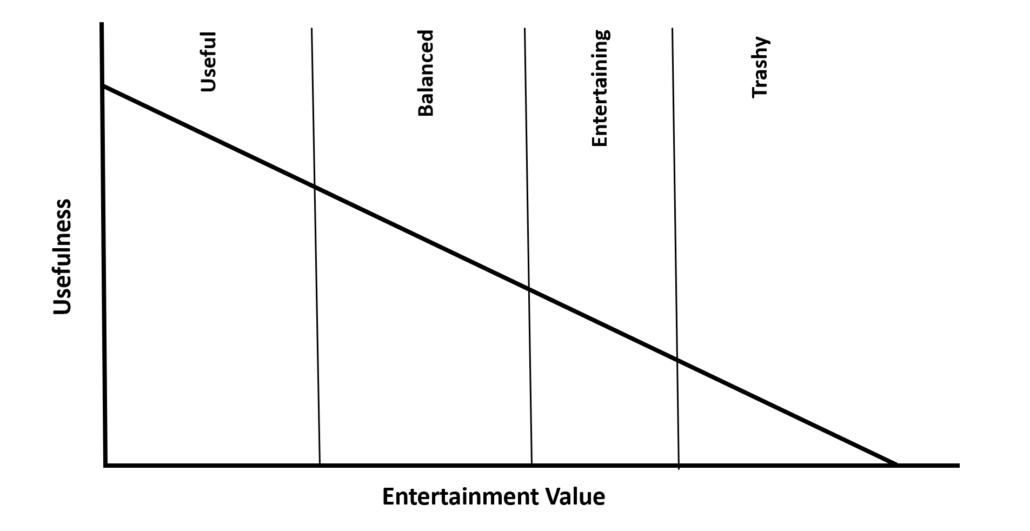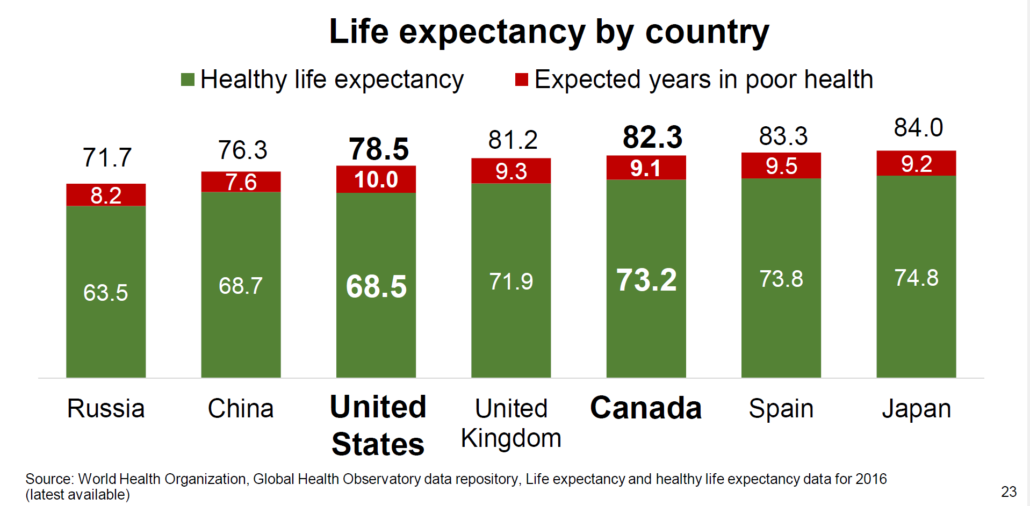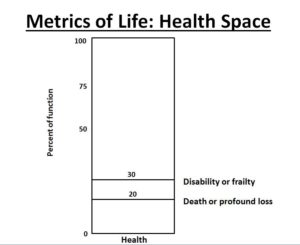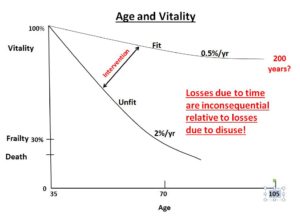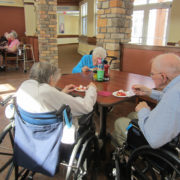How Is It OK That We’re Meant to Work a 9-5 for 40-plus Years Then Retire? Maybe We’ve Been Bamboozled!
 Did you ever wonder how we, as participants in the so-called “western culture”, ended up in a 20-40-20 linear life model while other societies, with longer life spans and generally healthier citizenry, don’t?
Did you ever wonder how we, as participants in the so-called “western culture”, ended up in a 20-40-20 linear life model while other societies, with longer life spans and generally healthier citizenry, don’t?
Somewhere along the way over the last century, somebody crafted a manual that made the default life plan to “work-from-9–5-for-40-years” and then bail out to non-work.
That makes it sound like work is bad, something to avoid.
How does it happen that we turn work into something to escape from when biological research tells us that leaving work completely is detrimental to our health? We are designed to work, to grow, to learn. Work is known to be a key component of healthy longevity. But today we seem to turn it into a nasty four-letter word that we can’t wait to get away from.
The fact is, western society has been set up this way for a very long time. It has been since the advent of the industrial revolution and our current educational system. We can easily become pawns in this system which is designed to turn us into “factory workers.” Still today we get sucked into the linear-life plan that looks like this:
A century ago, our culture started building a corporate system designed around hiring the cheapest labor possible and defining the rules by which they can function (i.e. work). The educational system moved into lockstep by dropping us into a room with 30 other pawns to teach a simple formula which marketing guru Seth Godin describes as being taught to become a “factory worker”:
“Do your job. Show up. Work hard. Listen to the boss. Stick it out. Be part of the system. You’ll be rewarded.”
But it’s changing because (1) technology has changed the formula and we have many more options and (2) we have awakened to the fact that this model pays little attention to matching innate, unique skills up with the work. This mismatch might just speak to the high level of job dissatisfaction that exists today – and to why most people can’t wait to escape into retirement.
Again, Seth Godin says it beautifully in his book “Linchpin. Are You Indispensable?”
You’ve been scammed. You traded years of your life to be part of a giant con in which you are most definitely not the winner. If you’ve been playing that game, it’s no wonder you’re frustrated. That game is over. There are no longer any great jobs where someone else tells you precisely what to do.”
We’re getting smarter – I think!
We are awakening to the fact that we have better alternatives to this model and that we can find ways to put our unique and innate talents to better and more motivating work. The old system doesn’t want our uniqueness and dreams to surface because then we aren’t likely to be compliant enough. But with the advent of technology, especially the internet, and the opportunities that abound therein, the old system has less of a hold on keeping us as factory workers.
Still, most continue to cling to the old model although the work is uninspiring and out of step with natural talents. Why? For the money and the false reality of a happy, carefree retirement and because they see only risk stepping outside that system.
Corporate life today may be the most vulnerable spot to be as our economy becomes more global and as technology accelerates the pace of disruption of entire industries. I see it week to week as I craft resumes and LinkedIn profiles for healthcare executives who have become unexpected victims of today’s corporate volatility. Many are in the twilight of their careers; few were prepared for the “transition” or have given thought to what will follow their career.
Thinking smart in the retirement years.
I remember a presentation by Dr. Ken Dychtwald, founder of the AgeWave organization in which he profiled perhaps the most sensible life model to apply to the retirement years. He calls it the: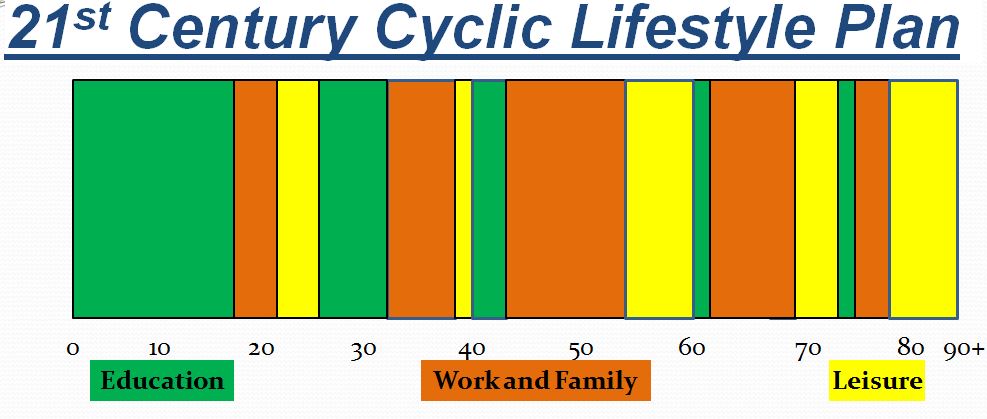
It’s based on the simple principle of mixing education, work/family, and leisure throughout the lifespan. He makes the point that more of our young people are viewing their lives through this lens.
It also makes sense for the retirement years: moving in and out of work, learning, and leisure at the pace and frequency of your choice.
It’s a platform for a healthier third age. Safeguards against sedentary living; living with a sense of purpose; continuing to be a producer and not just a consumer; forcing present-moment living by eliminating the regrets of the past and fears of the future.
Maybe even solving a world problem or two.
Do you have a model like this? Are you spreading your life over more than just leisure living? Does your retirement plan look something like this? We’d love to know – leave us a comment below. And tell your friends about our weekly articles from www.makeagingwork.com.




